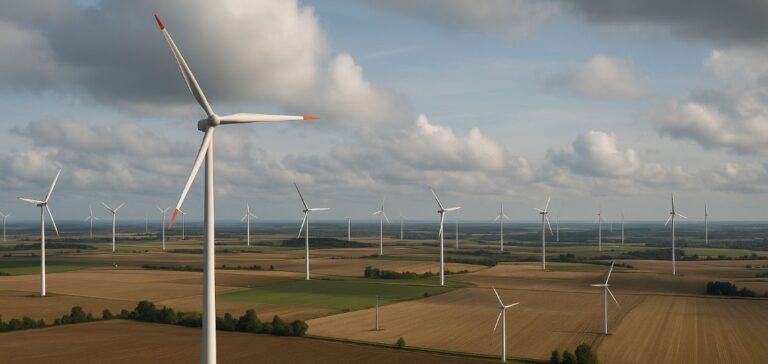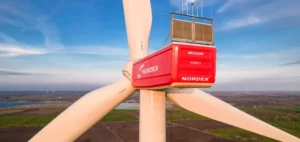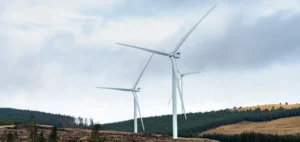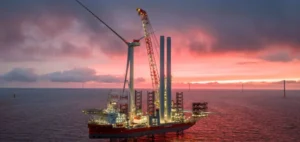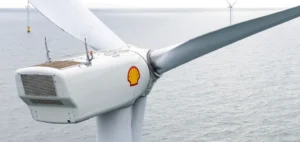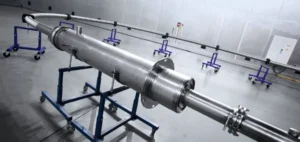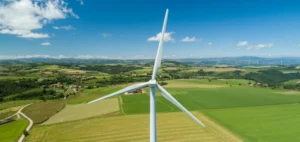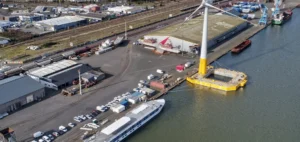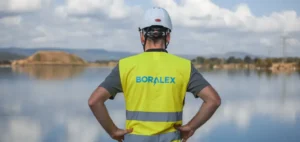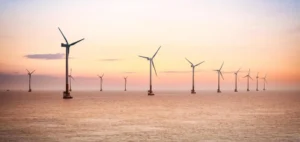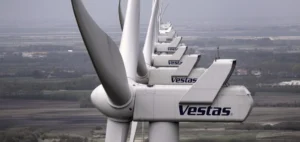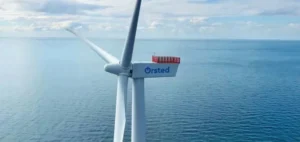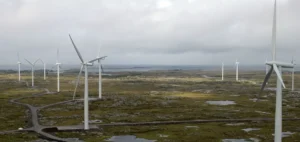Pressure on European wind developers is mounting as high investment costs and limited revenue visibility weaken project profitability. Facing the ongoing rise in Western turbine prices, several operators are turning to Chinese manufacturers attracted by competitive pricing.
Competition intensifies with Chinese OEMs
Over the past three years, Western wind turbine manufacturers have refocused on their core markets to restore profitability after a prolonged period of margin pressure. Even though material costs declined in 2024, turbine prices continued to rise. Meanwhile, in China, the gradual phase-out of feed-in tariffs pushed manufacturers to develop larger turbine models to reduce costs, thus intensifying domestic competition and causing local price declines.
With installations expected to peak in 2025 before falling, Chinese manufacturers are shifting their focus abroad to absorb excess capacity. In emerging markets, their aggressive pricing and rapid availability strategy has helped them grow their market share from less than 30% in 2020 to more than 50% today.
Cost advantage proves insufficient in Europe
To strengthen their international presence, several Chinese manufacturers have invested in factories outside China, notably in Saudi Arabia, Kazakhstan, Brazil, and more recently Oman. In Europe, however, progress remains limited. A few projects, mainly in Southern and Eastern Europe, have been secured, but no major industrial deployment plans have yet been confirmed.
According to Andrea Scassola, Vice President of Wind Research at Rystad Energy, “the challenge for Chinese manufacturers is not cost, but credibility”. European developers, financial institutions, and policymakers remain cautious towards Chinese OEMs despite their clear price advantage.
Eight major hurdles to overcome
Eight factors are hindering their adoption in Europe: limited international experience, non-standard contract conditions, incomplete certifications, gaps in health and safety practices, a weak maintenance network, financing challenges, increased regulatory risks, and growing cybersecurity concerns.
The European Union’s Foreign Subsidy Regulation could further complicate Chinese players’ entry by imposing additional investigations, lengthening project timelines, and increasing risks. Moreover, heightened scrutiny of critical infrastructure reinforces political distrust towards Chinese equipment.
Regional opportunities vary
Acceptance levels for Chinese OEMs vary across Europe. Northern countries favour industrial sovereignty and national security, while Southern countries show more openness, supported by their experience with Chinese suppliers in Africa and the Middle East. Groups such as EDP, Engie, and EDF, having collaborated with Chinese manufacturers in other regions, could facilitate the future integration of these players in the European market.
Although Chinese turbines present a clear cost advantage, success in the European market will depend on the manufacturers’ ability to meet the performance, financing, and sovereignty requirements set by developers, insurers, and local governments.


